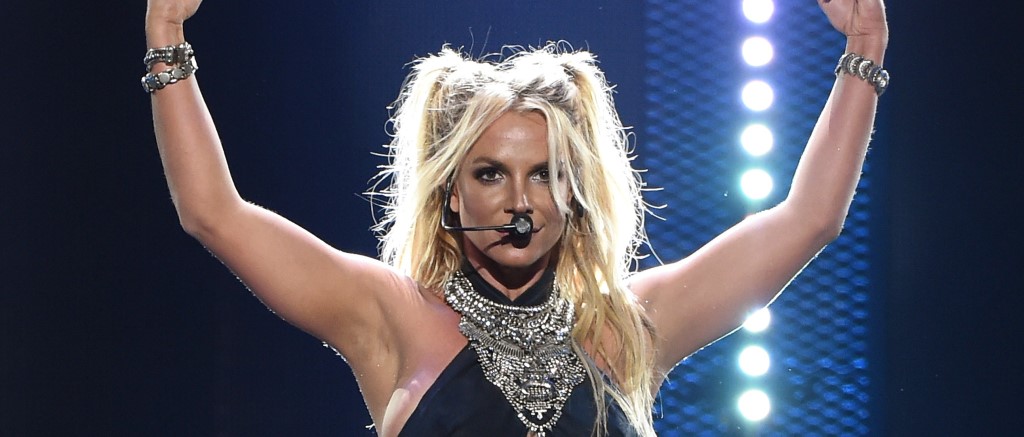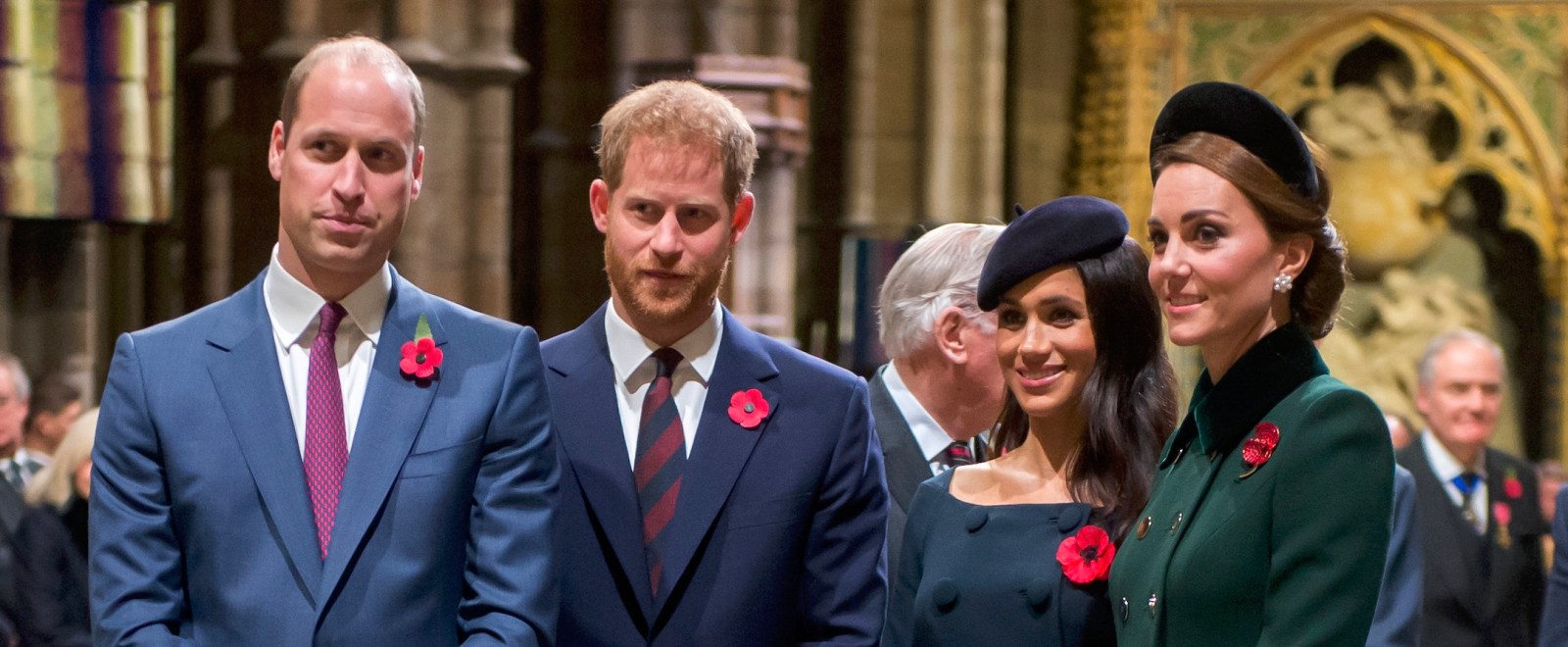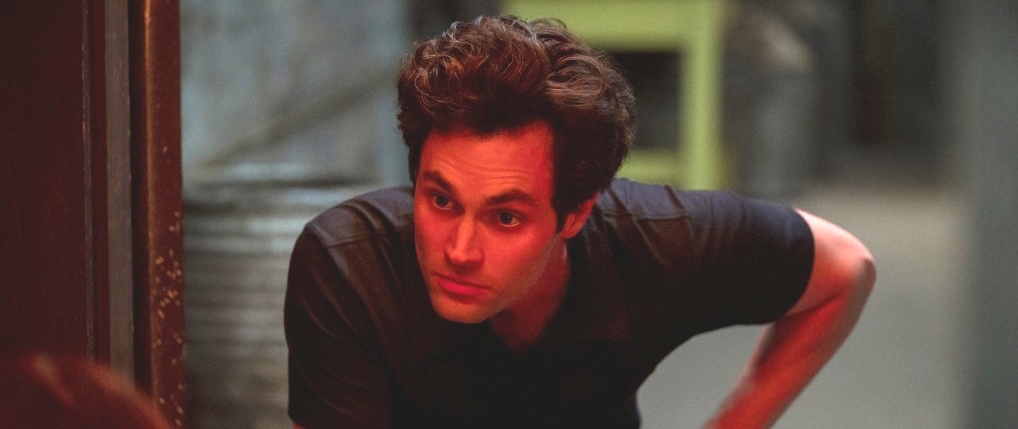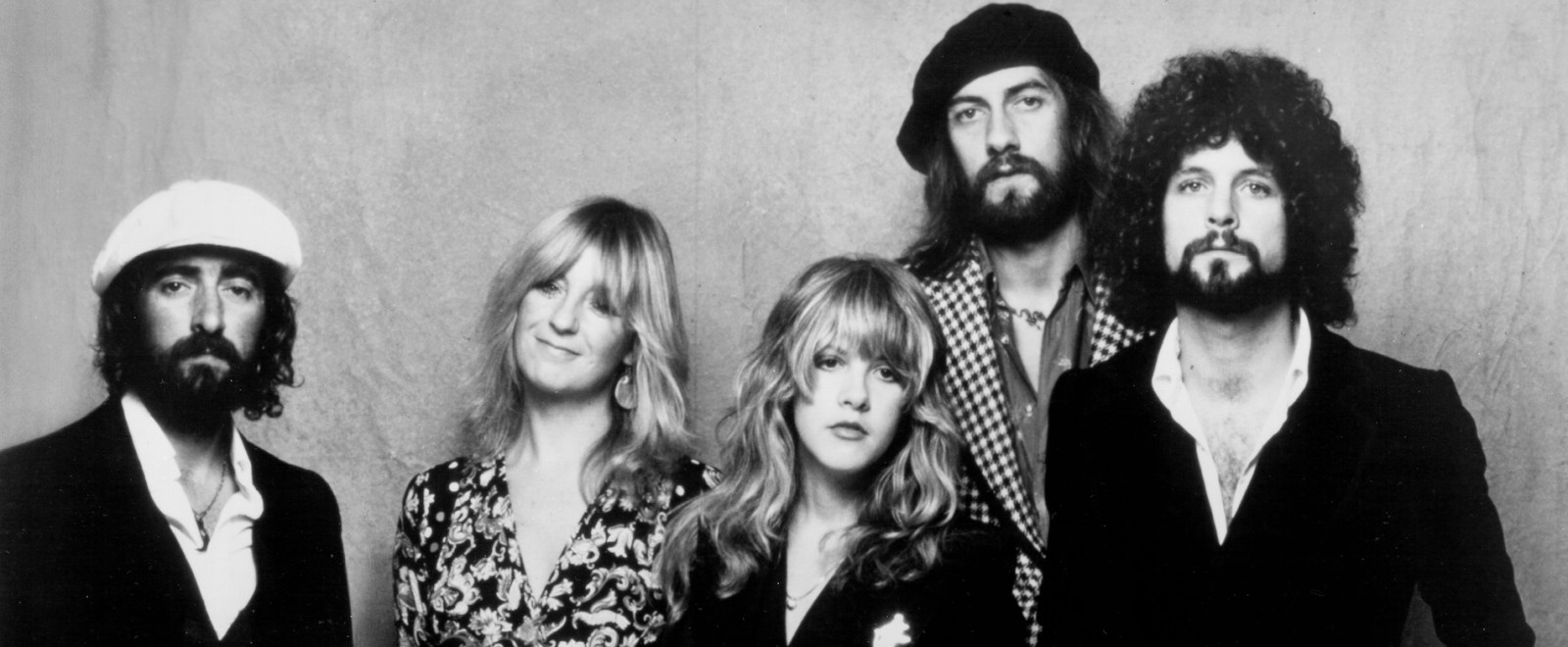
Vladimir Putin has reportedly been feeling more “vulnerable” than ever and afraid that he’ll be killed if Russia loses his war in Ukraine. Meanwhile, rumors of his ailing health (aside from his more frivolous Botox addiction) have ratcheted up while his inner circle reportedly has been maneuvering to line up a successor. The Russian president is a mass murderer, though, so it’s impossible to feel sorry for him on any fronts. That includes the fallout from a new report that details how he apparently pooped himself after slipping on some stairs at home.
Is this true? No one knows for sure since the Kremlin isn’t talking, but as the kids say, this couldn’t happen to a nicer guy. As the New York Post relays, this report sources from a claim on the General SVR Telegram channel, from an ex-Russian spy who purportedly has sources planted within Putin’s security detail. There’s no word if whether Putin’s personal pooper scooper was on the scene since this wasn’t an international incident/scandal, but here’s how this reportedly happened:
The ailing Russian leader allegedly fell down five steps before landing on his coccyx, or tailbone.
Although his security guards immediately rushed to his aid, the impact of the fall caused Putin to “involuntarily defecate” due to “cancer affecting his stomach and bowels,” according to the channel.
The incident is the latest health scare for Putin, who is rumored to suffering from worsening cancer and Parkinson’s disease amid the ongoing war with Ukraine.
The New York Post adds that Putin favors no-slip shoes due to his worries over falling at age 70, but you know… sh*t happens. Who knows if this story is real, or if a stressed-out world simply needs some levity and feels comforted by the prospect of a humiliated Putin covered in poop. Whatever the case, people are running with it. A whole lot of jokes like “Vladimir Pooptin” are flowing on social media.
Das ist so lustig @RusBotschaft, er hat sich dabei sogar eingeschissen der POOPTIN
https://t.co/FDVDJcWWgv
— Jay Bonkson @[email protected] (@j_bonkson) December 2, 2022
Vladimir Pooptin.
— Jon (@jonfw2) December 2, 2022
Pooptin. pic.twitter.com/BtyXUgj3Og
— Jenni (@Jennitje07) March 8, 2022
CIA PsyOps Challenge: Use “coccyx” in a story. https://t.co/NIyDwNTPVG
— Robert Young Pelton (@RYP__) December 2, 2022
The end is always messy….https://t.co/ElDiBbYWER
— Mavka Slavka
(@MavkaSlavka) December 2, 2022
#PutinPoopedHisPants pic.twitter.com/06qsbTwliF
— kyle (@Bonkhead_actual) December 2, 2022
Someone finally survives falling down stairs in Russia:https://t.co/Wk6B8iApit
— Blaine Bershad
#NotMeUs (@BlaineBershad) December 2, 2022
Vladimir Poopin
— Earls (@EarlsThePearls) December 2, 2022
Vladimir Pootin
— Earls (@EarlsThePearls) December 2, 2022
— Belts
(@SaintBelta) December 2, 2022
Apparently Ukraine is not the only thing going to crap:https://t.co/jMfyOnATan
— Kitler Kat (@The_Vogon) December 2, 2022
And again, shit happens.
Been there
— Deadin
(@Reeper1169) December 2, 2022
(Via New York Post)










